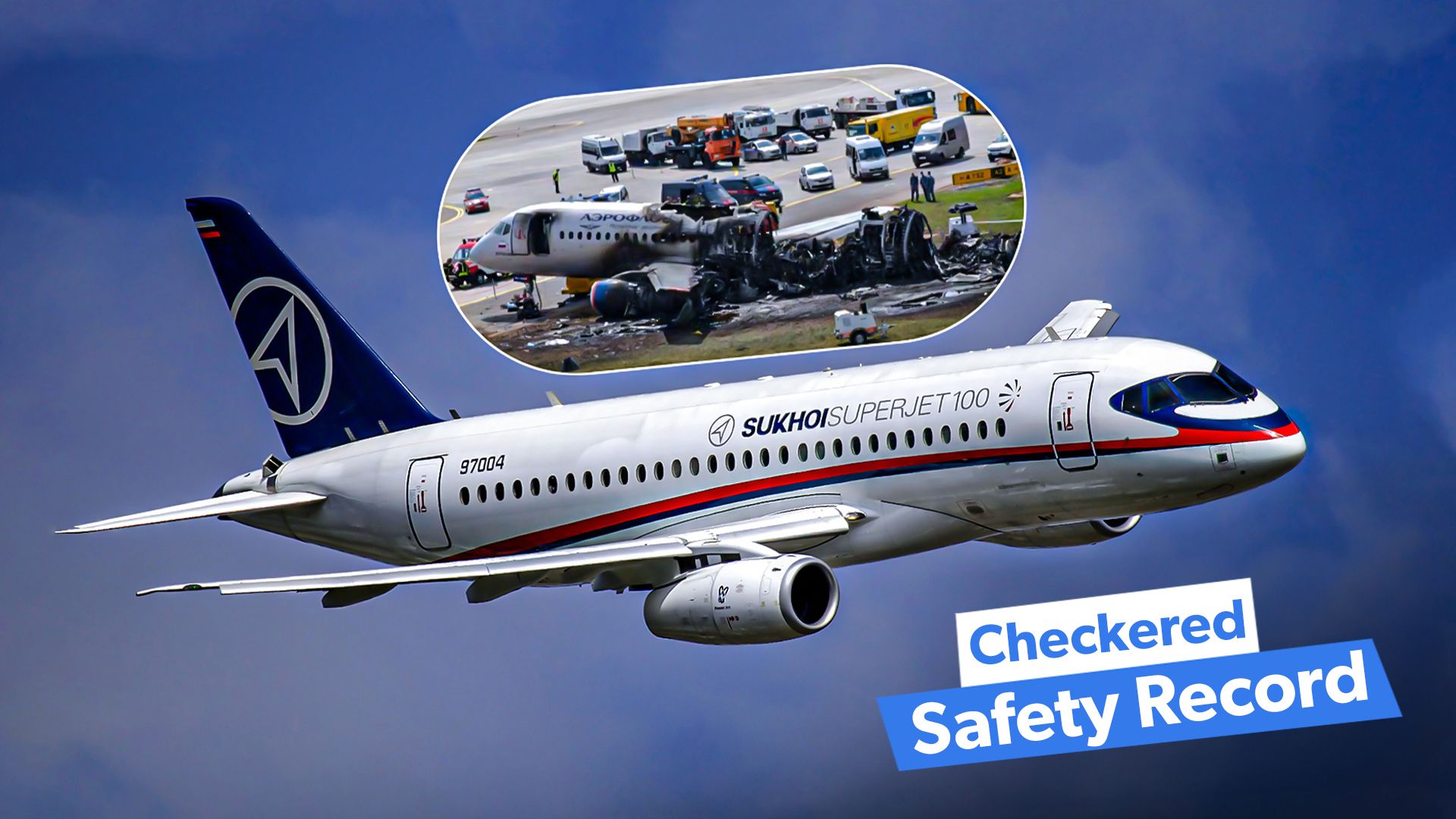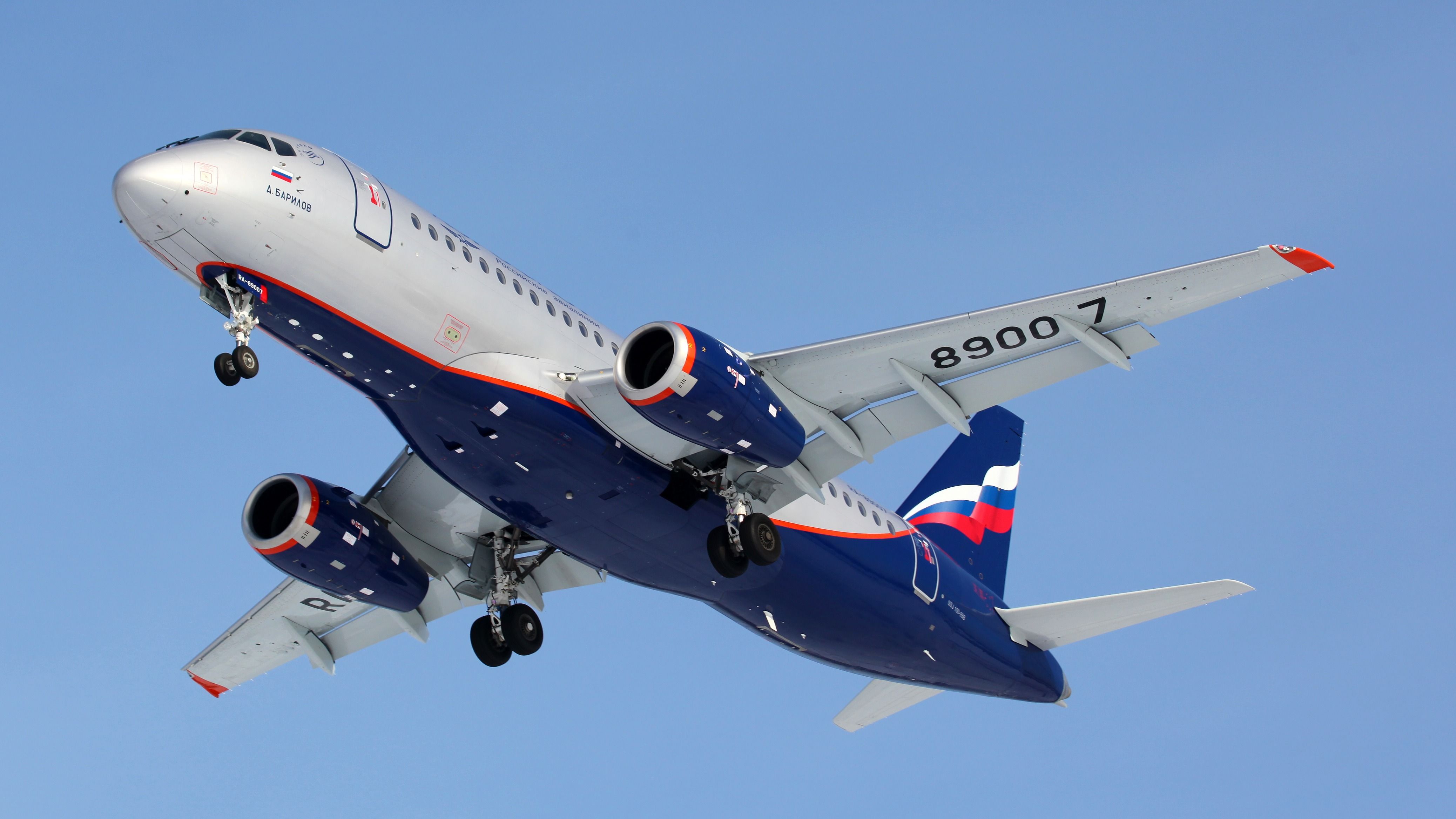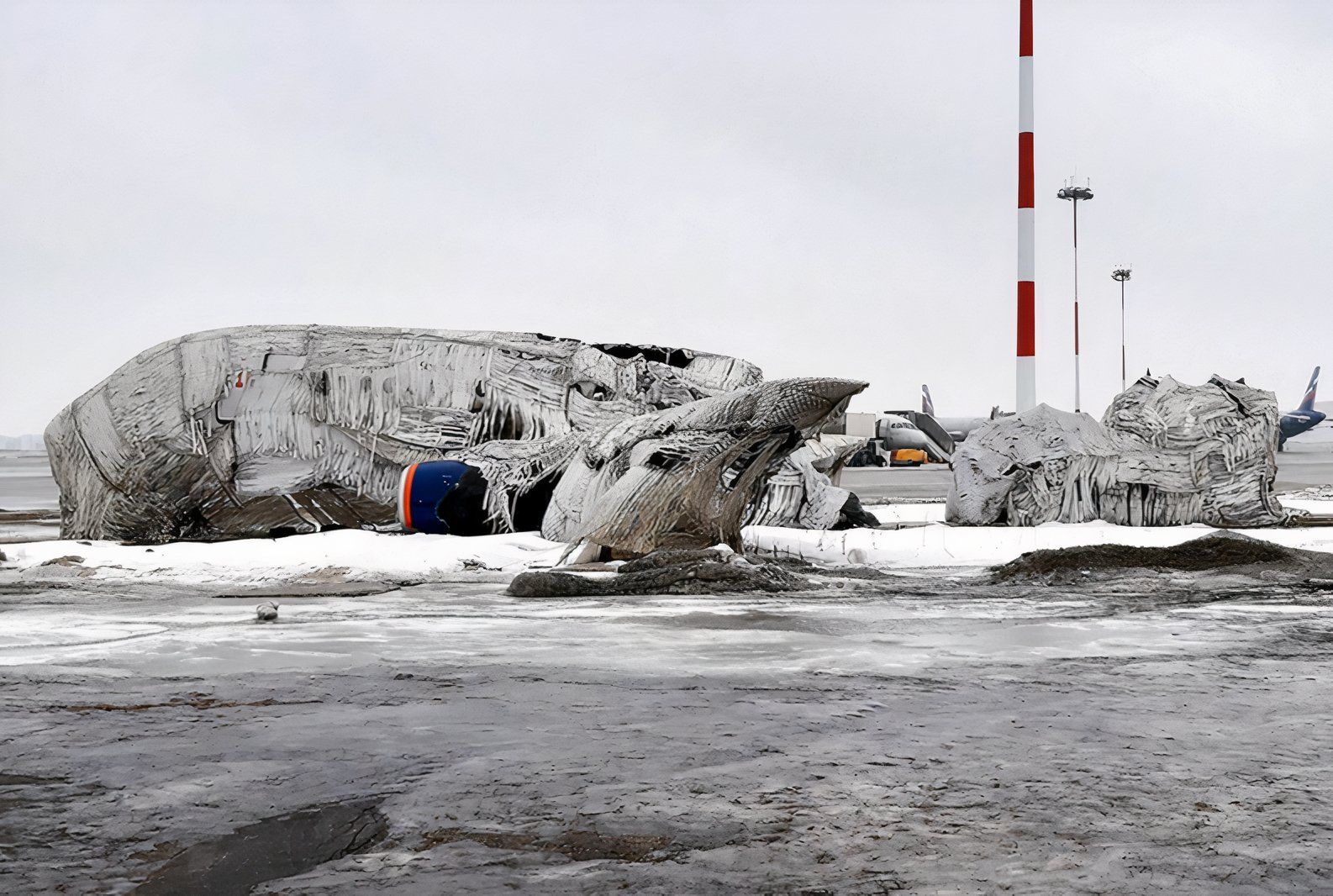Summary
- The Sukhoi Superjet 100 has faced multiple incidents, raising safety concerns.
- Pilot errors, inadequate runway conditions, and design flaws were contributing factors.
- Lessons learned can improve pilot training, runway monitoring, and aircraft design for better safety standards.
The Sukhoi Superjet 100 (SSJ100) is a regional jet developed by the Russian aerospace company Sukhoi Civil Aircraft. Since its introduction, the aircraft has experienced several incidents, four of which resulted in hull losses. These incidents have raised questions about the aircraft’s safety and reliability.
Mount Salak crash – May 9, 2012
The first major incident involving the SSJ100 occurred on May 9, 2012. The aircraft, registered as 97004, was on a demonstration flight in Indonesia. This flight was part of a promotional tour to attract potential buyers. Tragically, the aircraft crashed into Mount Salak, killing all 45 people onboard.
Circumstances and findings
The investigation into this crash revealed that pilot error was the primary cause. The crew had requested permission to descend to 6,000 feet without being aware of the mountainous terrain. The aircraft’s terrain awareness and warning system (TAWS) issued several warnings, but they were ignored.
The plane subsequently collided with the mountain. Contributing factors included inadequate flight planning and a need for more situational awareness among the pilots.
Photo: Fasttailwind/Shutterstock
Akhtubinsk accident – October 21, 2018
The second hull loss incident occurred on October 21, 2018, when a Sukhoi Superjet 100, registered as 89033, landed at Akhtubinsk Airport in Russia. Operated by Yakutia Airlines, the aircraft experienced a runway excursion upon landing.
Circumstances and findings
The aircraft overran the runway threshold during the landing due to icy conditions and poor braking action. The main landing gear collapsed, resulting in significant damage to the aircraft, leading to its eventual write-off. Fortunately, there were no fatalities among the 92 occupants.
The investigation concluded that the incorrect information regarding the runway’s friction coefficient contributed to the accident. Additionally, one of the engine’s reverse thrust was deactivated, exacerbating the situation.
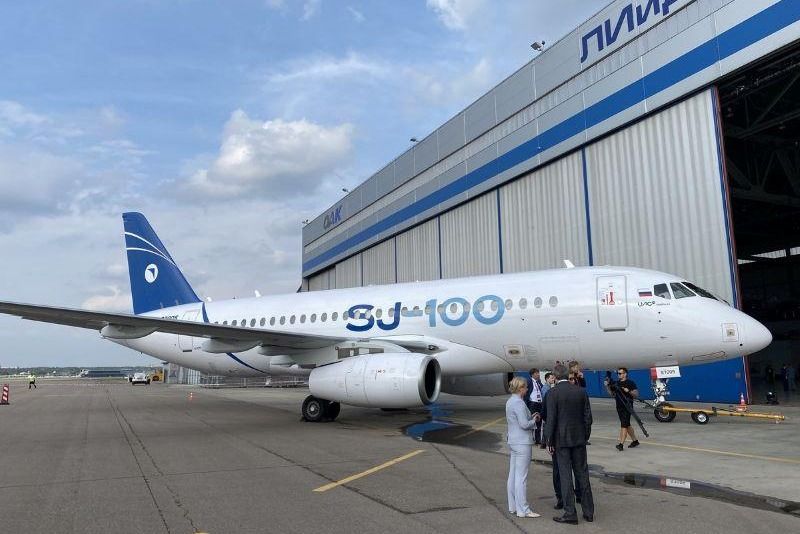
Related
Sukhoi Superjet 100 Set To Make First Test Flight Powered By Russian PD-8 Engines Next Year
UAC has confirmed that the SJ100, equipped with domestically produced engines, will make its maiden flight next year.
Moscow Sheremetyevo fire – May 5, 2019
The third hull loss incident occurred on May 5, 2019, at Moscow Sheremetyevo Airport. According to The Economist, the aircraft, registered as RA-89098 and operated by Aeroflot, was performing flight SU1492 from Moscow to Murmansk. Shortly after takeoff, the aircraft experienced technical issues and returned to Sheremetyevo for an emergency landing.
Circumstances and findings
During the emergency landing, the aircraft bounced multiple times on the runway, causing a fuel leak that ignited a fire. The fire quickly spread, engulfing the rear part of the aircraft. Out of the 78 occupants, 41 lost their lives.
The investigation highlighted several factors, including pilot error during the landing, inadequate emergency response, and design issues with the aircraft that contributed to the severity of the fire. The pilot, Denis Evdokimov, was recently sentenced to six years in an open-air prison.
Yakutsk runway excursion – October 10, 2018
The fourth hull loss incident occurred on October 10, 2018, involving an SSJ100 registered as RA-89011 and operated by Yakutia Airlines. The aircraft was landing at Yakutsk Airport in Russia when it experienced a runway excursion.
Circumstances and findings
Upon landing, according to Aerotime Hub, the aircraft overran the runway and came to rest in an area under reconstruction. The main landing gear collapsed, and the aircraft sustained substantial damage, including a fuel tank leak.
Fortunately, there were no fatalities among the 92 occupants. The investigation found that incorrect information about the runway’s friction coefficient, which was lower than reported, was a contributing factor.
Additionally, the absence of a connecting ramp between the current and reconstructed runway sections added to the severity of the incident.
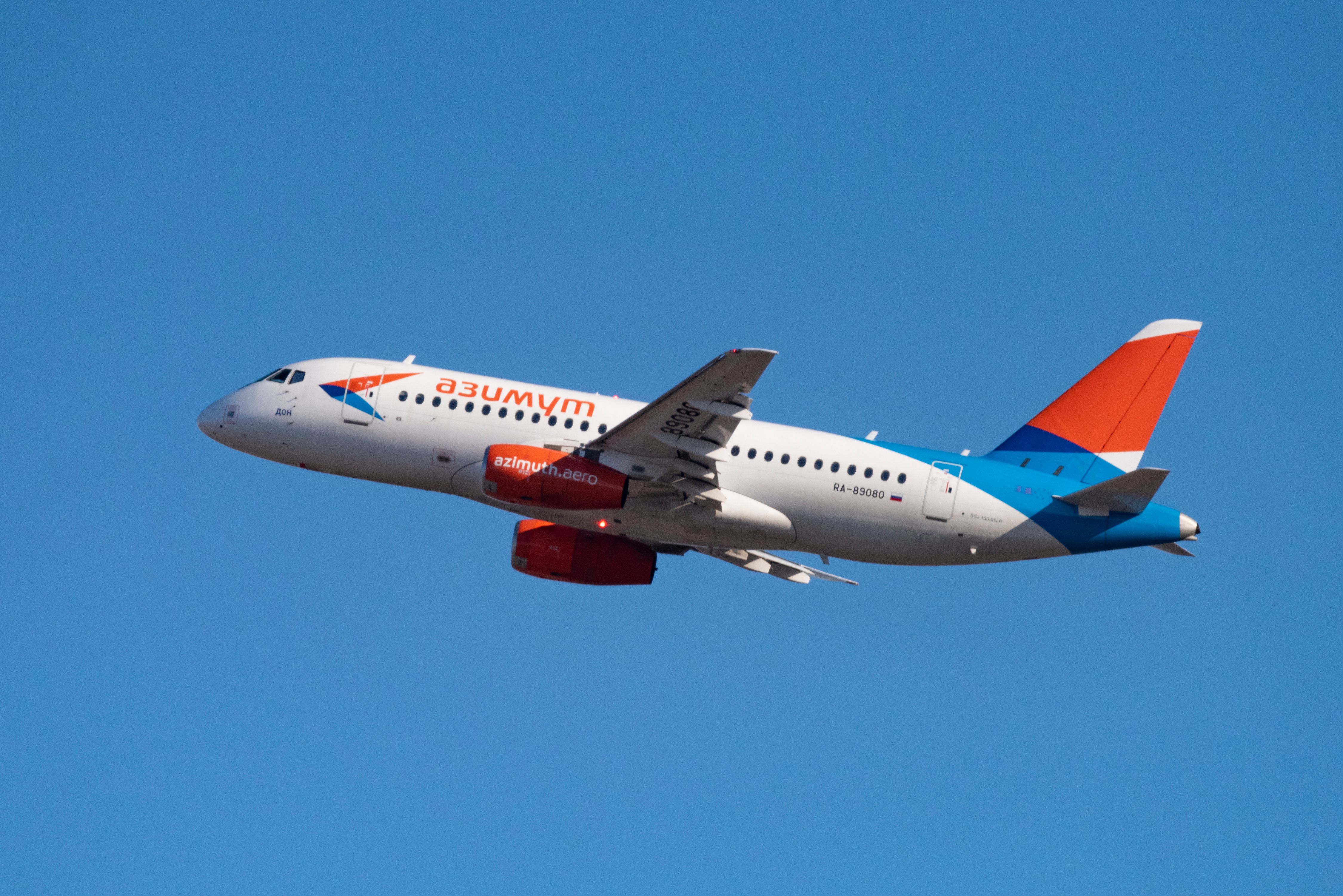
Related
Azimuth Airlines Sukhoi Superjet 100 Loses Fan Cowls During Flight to Yerevan
The Superjet landed safely but with some visual damage.
Analysis and implications
The four hull loss incidents involving the Sukhoi Superjet 100 highlight several critical issues and areas for improvement. These incidents underscore the importance of accurate information regarding runway conditions, thorough flight planning, and robust pilot training to handle emergencies effectively.
The SSJ100’s design and construction also came under scrutiny, particularly in the Moscow Sheremetyevo fire incident, where the fire’s rapid spread raised concerns about the aircraft’s safety features.
Photo: faustasyan via Shutterstock
- Pilot error and situational awareness
Pilot errors and lack of situational awareness played significant roles in three incidents. The Mount Salak crash and the Moscow Sheremetyevo fire were both directly linked to decisions made by the flight crew. These incidents emphasize the need for comprehensive pilot training programs that focus on technical skills, decision-making, and situational awareness.
- Runway conditions and infrastructure
The Akhtubinsk and Yakutsk runway excursions both involved issues with runway conditions. Accurate and timely information about runway friction coefficients is crucial for safe landings, especially in adverse weather conditions. Additionally, proper runway maintenance and infrastructure, such as the connecting ramp in Yakutsk, are essential to prevent similar incidents.
- Aircraft design and safety features
The Moscow Sheremetyevo incident highlighted potential design flaws in the SSJ100. The rapid fire spread following the hard landing suggests improvements in the aircraft’s fire containment systems may be necessary. Ensuring that safety features are robust and effective can mitigate the impact of accidents and improve survival rates.
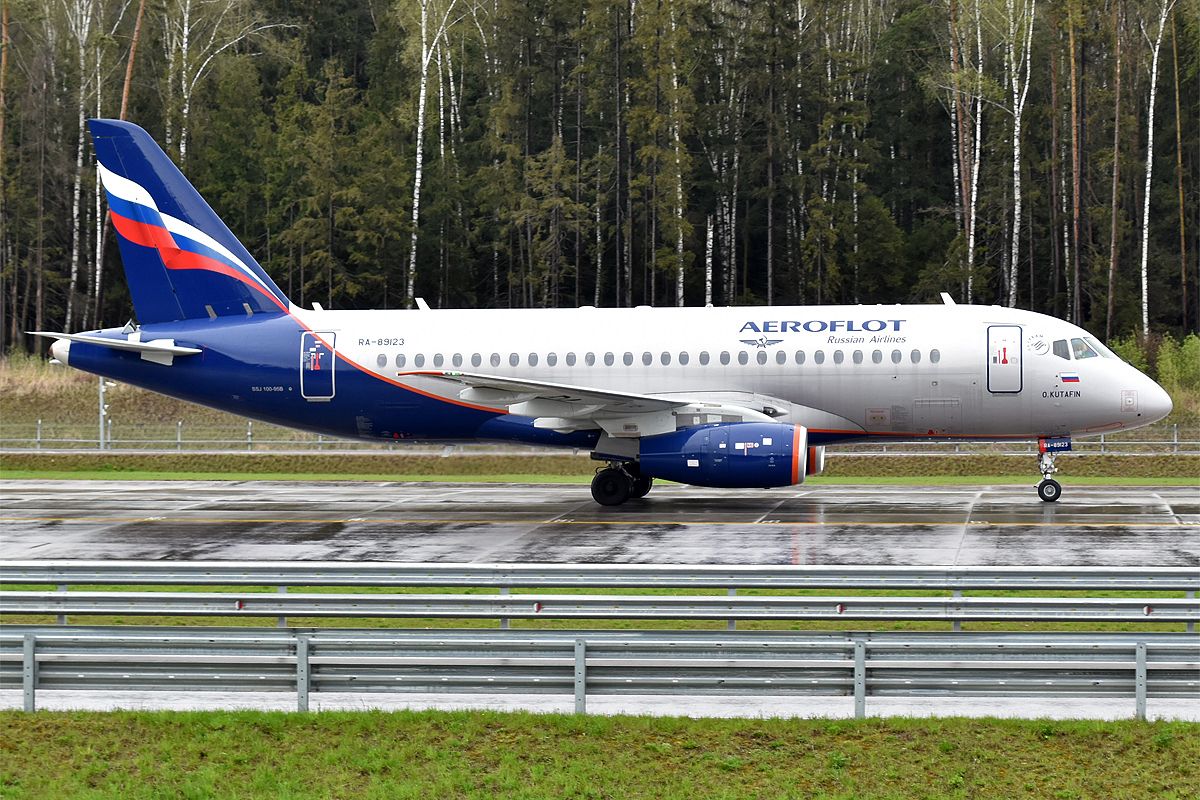
Related
Rare: Who Is Flying The Sukhoi Superjet 100?
Not a great track record
The hull loss incidents involving the Sukhoi Superjet 100 have provided valuable lessons for the aviation industry. Addressing the identified issues through improved pilot training, better runway condition monitoring, and enhanced aircraft design can improve the safety and reliability of the SSJ100 and other aircraft.
Continuous efforts to learn from past incidents and implement necessary changes are essential to ensure the highest aviation safety standards.
|
Date |
Incident |
Aircraft Registration |
Operator |
Fatalities |
|---|---|---|---|---|
|
May 9, 2012 |
Crash during a demonstration flight near Mount Salak, Indonesia. |
97004 |
Sukhoi |
45 |
|
October 21, 2018 |
Runway excursion during landing at Akhtubinsk Airport, Russia. |
89033 |
Yakutia Airlines |
0 |
|
May 5, 2019 |
Fire after emergency landing at Moscow Sheremetyevo Airport. |
RA-89098 |
Aeroflot |
41 |
|
October 10, 2018 |
Runway excursion during landing at Yakutsk Airport, Russia. |
RA-89011 |
Yakutia Airlines |
0 |
While tragic, each incident has contributed to a better understanding of the challenges and risks associated with the SSJ100. By examining these events closely, the aviation community can work towards preventing future occurrences and improving overall safety in the skies.

